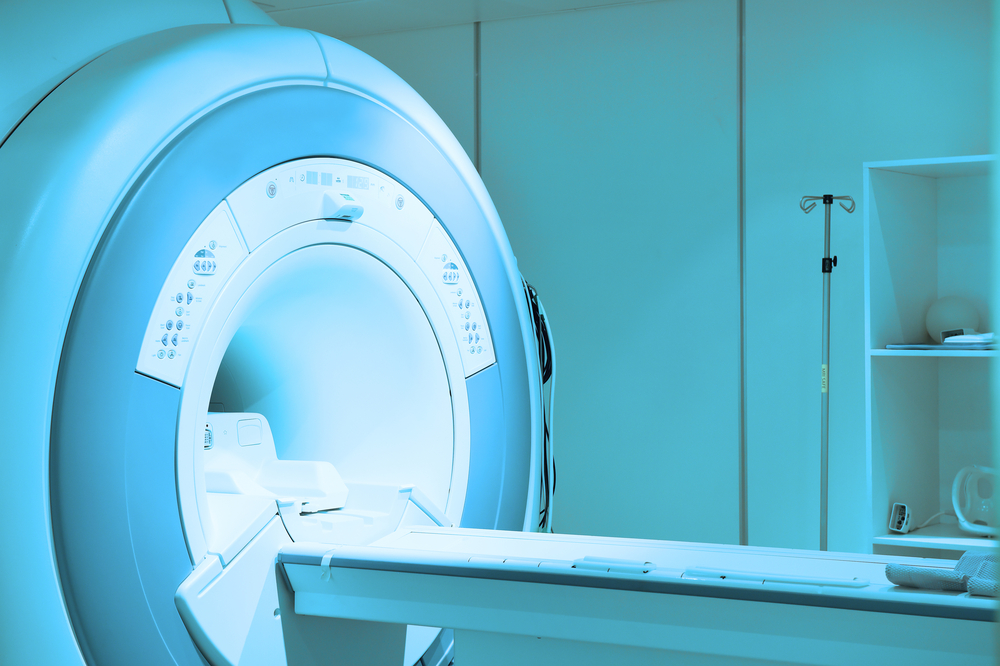Imaging Agent Can Help Differentiate Between Amyloidosis Types

AT-01, an imaging agent being developed by Attralus, can help to differentiate between transthyretin (ATTR) amyloidosis — which includes familial amyloid polyneuropathy (FAP) — and other forms of amyloidosis, new clinical trial data indicate.
The findings were presented in a poster, “Detection of Systemic AL Amyloidosis and Differentiation of AL from Attr Using 124I-p5+14 PET Imaging,” at the 62nd Annual American Society of Hematology Annual Meeting and Exposition, held virtually in December.
Amyloidosis is a disease characterized by the buildup of an abnormal protein, called amyloid, in multiple organs, interfering with their function.
There are several kinds of amyloidosis, the most common being amyloid light-chain (AL) and ATTR amyloidosis. When the latter occurs as a result of an inherited mutation, it is referred to as hereditary ATTR amyloidosis, with FAP as one form that results in damage to the peripheral nerves.
AT-01 is being developed as a pan-amyloid imaging agent — a compound that can be used to visualize amyloid deposits in organs using imaging technology. There are currently no approved diagnostic imaging agents for systemic amyloidosis in the U.S.
An ongoing first-in-human Phase 1 clinical trial (NCT03678259) is evaluating the investigational imaging agent. The trial is being sponsored by and conducted at the University of Tennessee Graduate School of Medicine.
New data from this trial show that AT-01 can be detected in various organs in PET images. In AL amyloidosis patients, the imaging agent was detected in the heart in 70% of patients, in the kidneys in 69% of patients, in the liver in 38% of patients, and in the spleen in 61% of patients.
“These data indicate that AT-01 can detect amyloid in multiple organs associated with AL amyloidosis giving us confidence that AT-01 may be an accurate, non invasive, first-in-class agent for detecting AL and other forms of systemic amyloidosis,” Jonathan Wall, PhD, interim chief scientific officer of Attralus and co-inventor of AT-01, said in a press release.
Wall is also a professor of medicine at the University of Tennessee Graduate School of Medicine, Knoxville, and director of the Amyloidosis and Cancer Theranostics Program.
By analyzing how much of the tracer was present in different organs, researchers determined that AT-01 could be used to differentiate between AL and ATTR amyloidosis. At a cut-off value of 1.4, the sensitivity (true-positive rate) was 100%, and the specificity (true-negative rate) was 75%, for differentiating ATTR from AL amyloidosis.
The researchers also calculated the area under the ROC curve (AUC) — a statistical measurement of how well a particular set of criteria can differentiate between two things (in this case, AL and ATTR amyloidosis). AUC values can range from 0.5 (meaning no differentiation) to 1 (perfect differentiation). The AUC value for AT-01 was 0.96.
“These forms of amyloidosis are two of the most common, manifest in distinctive organs within the body, and have different underlying etiologies,” said Spencer Guthrie, CEO of Attralus. “For the first time, these data begin to reveal a more robust understanding of each individual patient’s disease, allowing us to take a comprehensive approach to diagnosis and tailoring of treatment.”
“These data also have significant implications for the development of our therapeutics,” Guthrie added. “The ability to visualize amyloid deposits on an organ-by-organ basis throughout the body may provide a greater understanding of disease progression, allow us to develop a more targeted approach to treat the disease, and potentially monitor response to therapy.”






